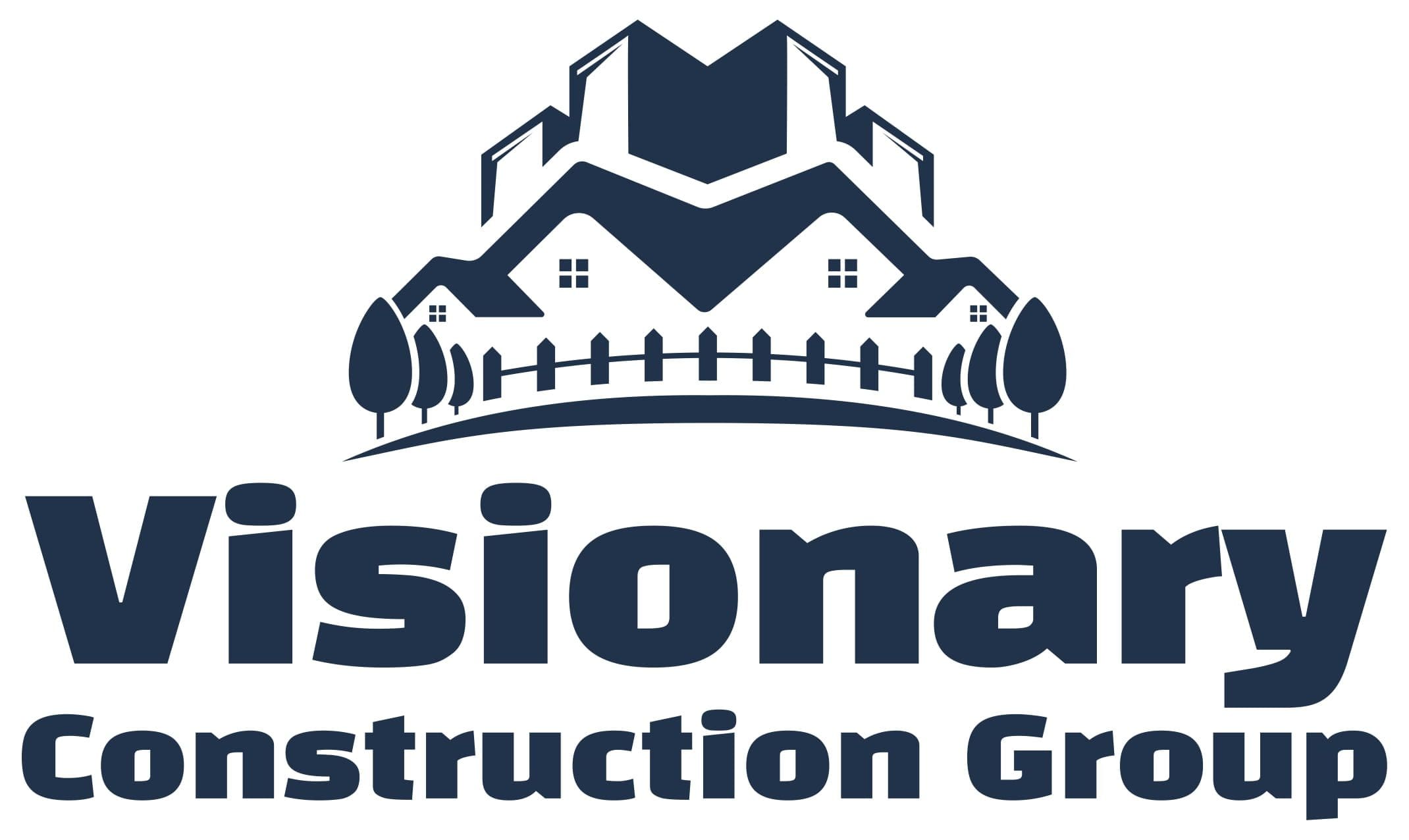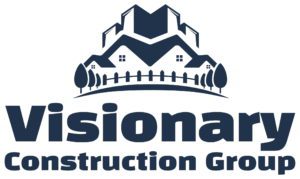The idea of tearing down your current home and starting fresh with a complete rebuild might seem overwhelming. Still, it’s the best way for many homeowners to achieve their dream living space. In contrast, renovations can address specific issues or update certain areas; a complete rebuild offers unmatched benefits that enhance your home’s functionality, aesthetics, and value. In this article, we’ll explore why a full rebuild might be the right choice for you and the long-term advantages it offers.
Understanding the Concept of a Complete Rebuild
Before diving into the benefits, it’s essential to understand what a complete home rebuild entails and how it differs from other home improvement projects.
What Is a Complete Home Rebuild?
A complete home rebuild involves demolishing the existing structure and constructing a new one from the ground up. This process allows you to redesign your home entirely, incorporating modern designs, materials, and technologies that might not be feasible with a renovation.
How Does a Rebuild Differ from Renovation?
While renovations typically focus on updating or modifying certain home parts, such as the kitchen or bathroom, a rebuild allows you to start with a blank slate. This approach offers greater flexibility and ensures that every aspect of the home is tailored to your needs and preferences.
The Advantages of a Complete Rebuild
Rebuilding your home from scratch offers many benefits, making it an attractive option for many homeowners.
Total Design Freedom
One of the most compelling reasons to opt for a complete rebuild is the freedom it offers in design. Unlike renovations, where the existing structure often constrains you, a rebuild allows you to design every aspect of your home from the ground up. Whether you dream of an open-concept layout, more oversized windows, or a specific architectural style, a rebuild makes it all possible.
Improved Energy Efficiency
A complete rebuild lets you immediately incorporate the latest energy-efficient technologies and materials. From advanced insulation to energy-efficient windows and doors, you can significantly reduce your home’s energy consumption and lower utility bills.
Enhanced Structural Integrity
Older homes may have costly structural issues and must meet current building codes. A complete rebuild ensures that your home is built to the latest standards, with modern construction techniques and materials that provide excellent durability and safety.
Addressing Existing Problems
A complete rebuild is also an opportunity to address any existing problems that might be plaguing your home.
Fixing Foundational Issues
Over time, homes can develop foundational issues that compromise their stability. These problems can be difficult and expensive to fix during a renovation. You can start with a solid foundation by rebuilding, ensuring your home’s long-term stability.
Upgrading Outdated Systems
Many older homes need updated electrical, plumbing, and HVAC systems that could be more efficient and safe. A complete rebuild allows you to replace these systems with modern, efficient alternatives that meet current safety standards.
Eliminating Hidden Hazards
Hidden hazards like asbestos, lead paint, or mold are common in older homes and pose serious health risks. During a rebuild, you can ensure that these hazards are eliminated, creating a safer living environment.
The Long-Term Financial Benefits
While a complete rebuild can be a significant upfront investment, it offers long-term financial benefits that make it worthwhile.
Increased Property Value
A newly rebuilt home will likely have a higher market value than a renovated one, mainly if the rebuild incorporates modern designs and energy-efficient features. If you decide to sell, this increased value can make your home more attractive to potential buyers.
Lower Maintenance Costs
Newly built homes require less maintenance than older homes, particularly in the first few years. Modern materials and construction techniques reduce the likelihood of leaks, drafts, or structural problems, saving you money on repairs and upkeep.
Energy Savings Over Time
The energy-efficient features of a new home can lead to significant savings on utility bills over time. Investing in high-quality insulation, energy-efficient windows, and modern HVAC systems can reduce your energy consumption and enjoy lower monthly costs.
Customization to Fit Your Lifestyle
A complete rebuild allows you to create a home that perfectly fits your current and future lifestyle needs.
Designing for Future Needs
When rebuilding, you can design your home with the future in mind. Whether planning for a growing family, working from home, or aging in place, you can incorporate features that will make your home adaptable to changing circumstances.
Incorporating Modern Technology
Modern technology has become an integral part of daily life, and a rebuild allows you to seamlessly integrate the latest smart home systems, security features, and energy management tools. These technologies not only enhance your comfort and convenience but also increase the value of your home.
Personalizing Your Space
A complete rebuild offers unparalleled opportunities for personalization. Every detail of your new home, from the layout and finishes to the fixtures and landscaping, can be customized to reflect your taste and style.
Environmental and Sustainability Considerations
Sustainability is essential in modern homebuilding; a complete rebuild allows you to incorporate eco-friendly practices and materials.
Using Sustainable Materials
When starting from scratch, you can choose sustainable building materials that reduce your environmental impact. Options like reclaimed wood, recycled steel, and low-VOC paints are just a few examples of how you can build a more environmentally friendly home.
Implementing Renewable Energy Sources
A rebuild also allows you to incorporate renewable energy sources like solar panels or geothermal systems. These technologies can significantly reduce your reliance on fossil fuels and lower your carbon footprint.
Reducing Waste with a Thoughtful Design
Thoughtful design during a rebuild can minimize construction waste and ensure materials are used efficiently. By planning carefully and working with experienced builders, you can reduce the environmental impact of your project.
The Rebuilding Process: What to Expect
If you’re considering a complete rebuild, it’s essential to understand the process and what to expect.
Initial Planning and Budgeting
The first step in a rebuild is careful planning and budgeting. This involves determining your goals, working with an architect to design your new home, and setting a realistic budget that accounts for all aspects of the project, including demolition, construction, and landscaping.
Working with Architects and Builders
Collaboration with architects and builders is vital to a successful rebuild. Choose professionals who understand your vision and have experience in the type of project you’re undertaking. Regular communication and site visits will help ensure the project stays on track and your new home meets your expectations.
Navigating Permits and Regulations
Rebuilding a home involves navigating a complex web of permits and regulations. Your architect and builder will help you obtain the necessary approvals. Still, it’s essential to be aware of local zoning laws, building codes, and environmental regulations that could impact your project.
Conclusion
A complete rebuild might seem daunting, but for many homeowners, it’s the best way to achieve a home that meets their needs, reflects their style, and stands the test of time. From design freedom and energy efficiency to long-term financial benefits, the advantages of starting fresh with a rebuild are clear. If you’re considering a complete rebuild, careful planning, working with the right professionals, and understanding the process will help you create the home of your dreams.
FAQs
Is a complete rebuild more expensive than a renovation?
While a complete rebuild can have higher upfront costs, it often results in more excellent long-term value, reduced maintenance, and energy savings that can offset the initial investment.
How long does a complete rebuild typically take?
The timeline for a complete rebuild varies depending on the project’s complexity. Still, it generally takes 9 to 18 months from planning to completion.
What are the first steps to take if I’m considering a rebuild?
Start by evaluating your current home’s condition, setting a budget, and consulting with an architect or builder to explore your options and develop a plan for your new home.






